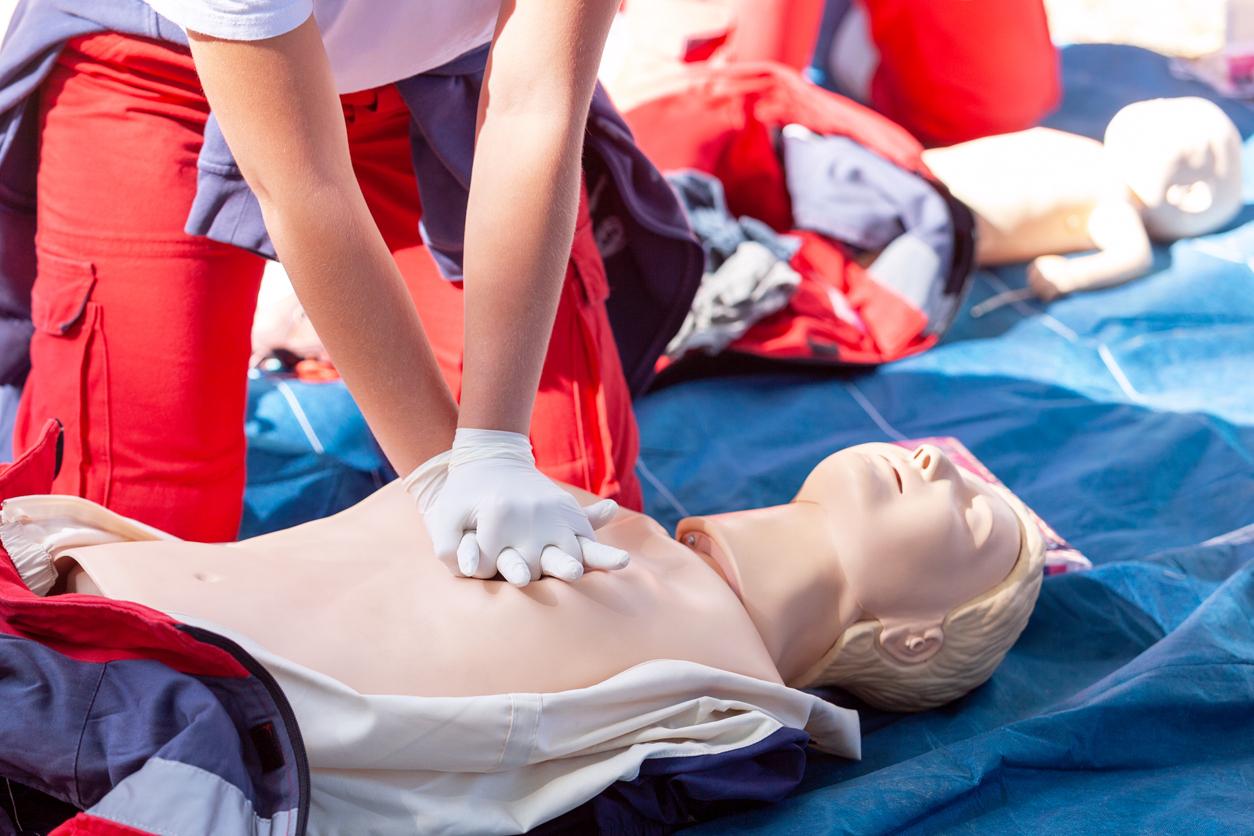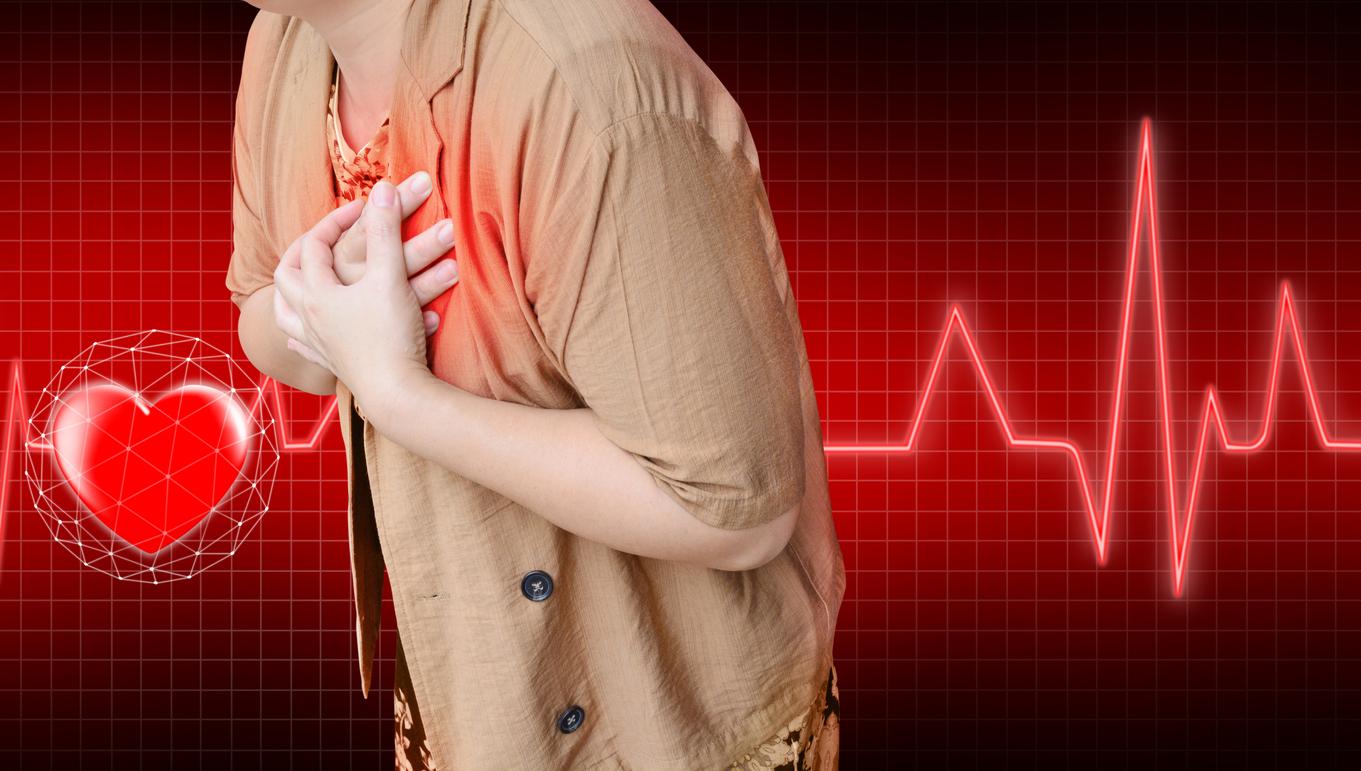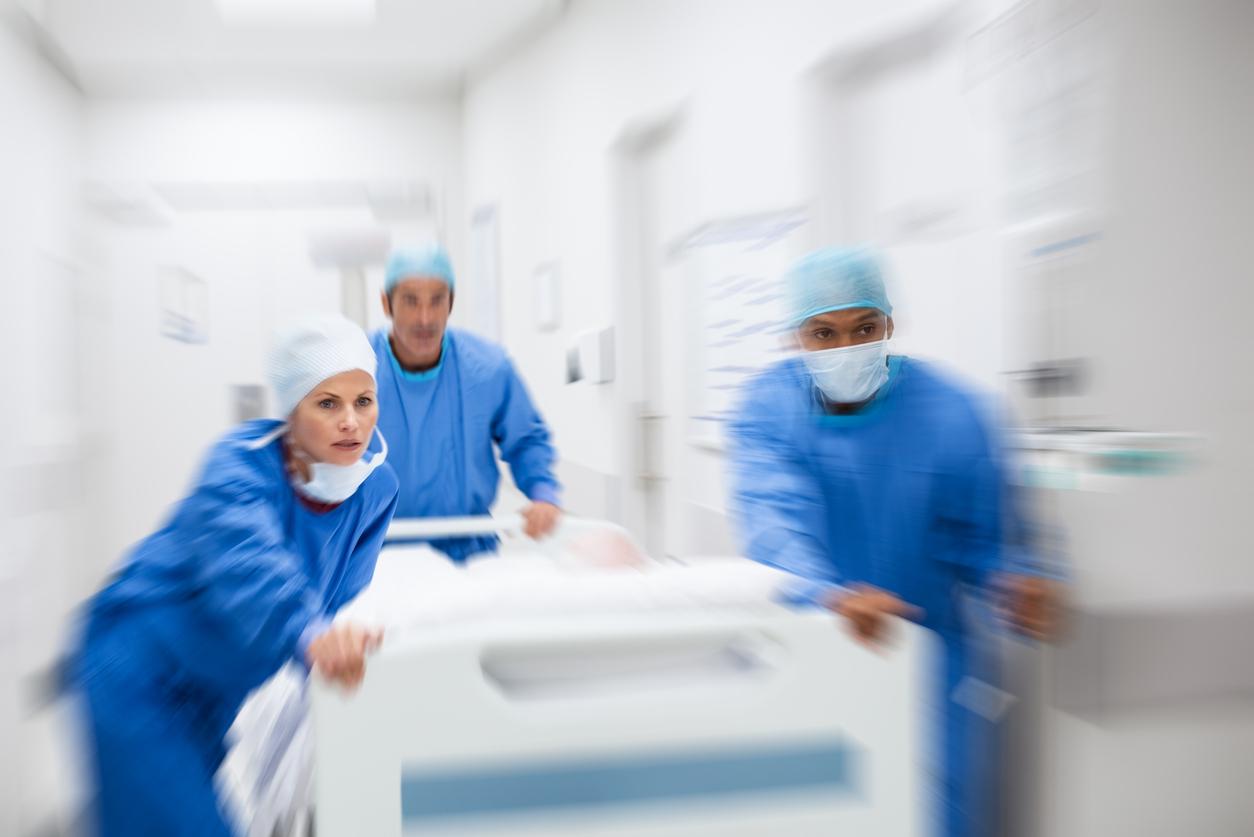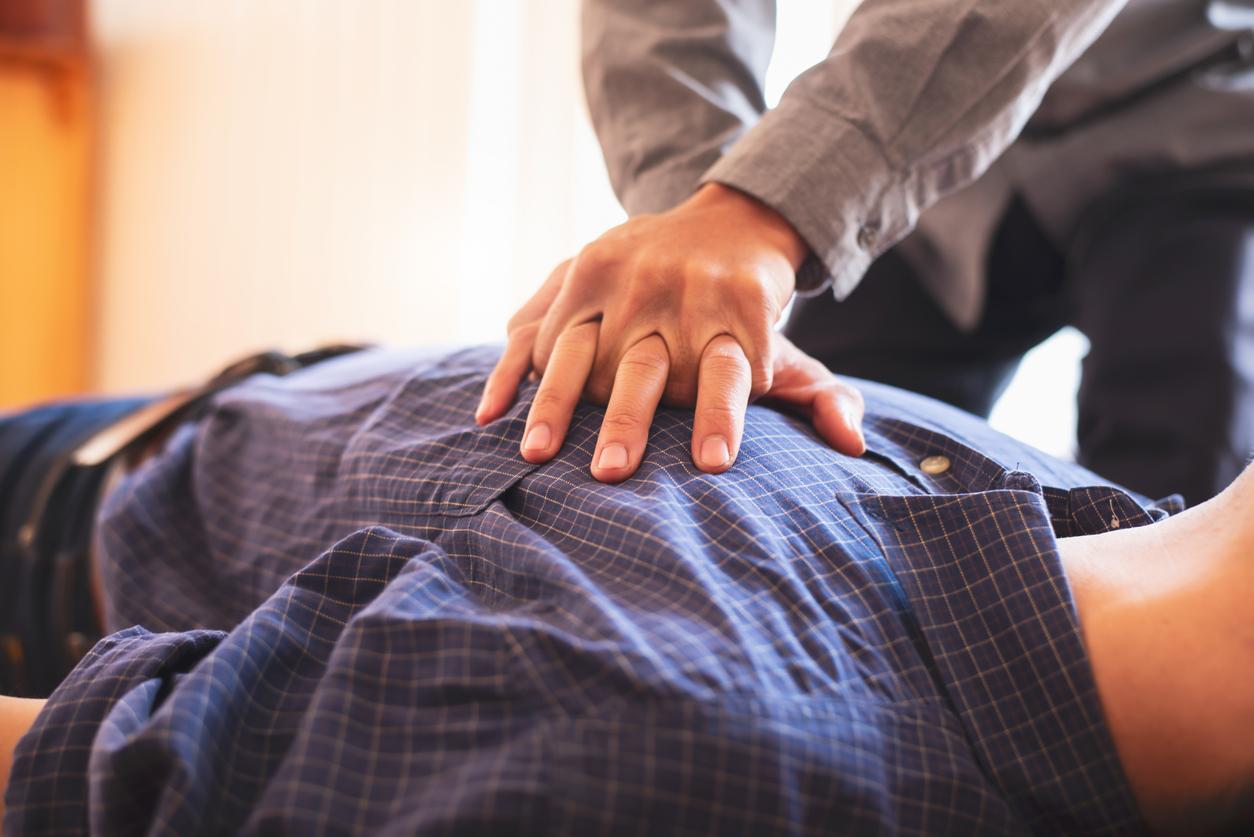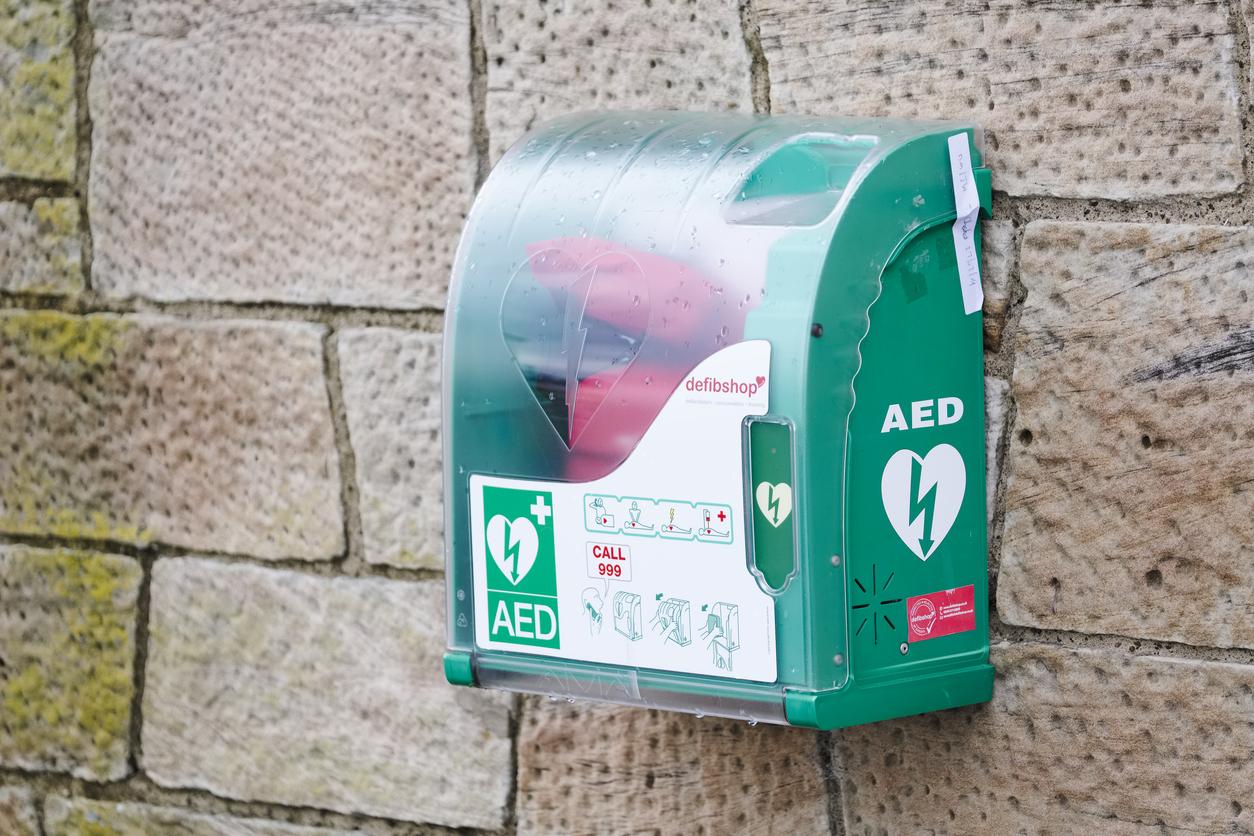An incredible resuscitation technique, which can be carried out in the field even before arriving at the hospital, has now been practiced by emergency physicians at the SAMU de Lyon since September 2017. A saving of time which has saved 4 patients in 6 months.
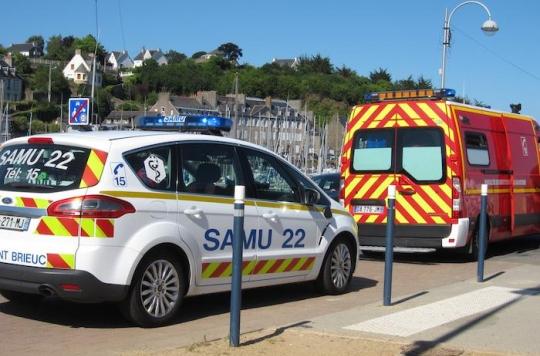
ECMO (Extra Corporeal Membrane Oxygenation) is a CEC (extracorporeal circulation technique) technique which can replace heart and / or respiratory failure by ensuring the necessary circulatory flow in the body and oxygenation of the brain. In short, one of the most revolutionary techniques for rescuing patients in cardiac arrest with a favorable neurological prognosis.
Emergency physicians in Paris have been practicing CEC since 2012
Long used in operating theaters, it finally fell into the hands of emergency physicians in 2012. At the time, the Paris SAMU teams were the first to be trained to use this CEC technique on an outpatient basis, i.e. directly on field.
“They evaluated the time taken to take care of the patient until the hospital was much too long to use this technique correctly. Transporting and starting the machine easily cost an hour. Only 3% of cardiac arrests survived without sequela “, specifies 20 minutes Pierre-Yves Gueugniaud. However, CEC is only effective within 60 minutes following cardiac arrest. Hence the interest in knowing how to use it directly on site. This revolutionary weapon now makes it possible to ensure 35% sequelae-free survival.
30% success in 6 months in Lyon
Since September 2017 – and after two years of training – it is the emergency physicians of the SAMU de Lyon who have been experimenting with it. In just over 6 months, they managed to save four out of 15 lives thanks to this technique. That is to say a success of 30%.
A feat when we know that theThe average survival rate for cardiac arrests in France is 5% (it is 4 to 5 times higher in countries where public places are equipped with automated external defibrillators and where the population is trained in life saving skills). According to the site Ameli, sn immediate management, more than 90% of cardiac arrests are fatal.
Cardiac arrest: after Paris, the #Samu de Lyon deploys the #Ecmo , a spectacular new weapon https://t.co/nfrzQN9RYy through @SandraLaffont #AFP
– AFP Lyon (@AFPLyon) April 18, 2018
The conditions to be observed
“At the start of my career, we could never have imagined carrying out such gestures outside a block! “Rejoices Pierre-Yves Dubien, co-head of the SAMU de Lyon. But before practicing a CEC, emergency physicians must take into account several specific factors such as the age of the patient. “Out of 500 cardiac arrests in Lyon, one hundredth will be able to benefit from the device. The risk of this invention is to use it for each individual. The framework must remain very precise. It is with the right indications that the right results are obtained. The age for example is limited to 65 years“, explains Pierre-Yves Dubien.
Know the right gestures
50,000 people die prematurely from cardiac arrest each year in France. 7 times out of 10, they occur in front of a witness, but less than 20% of these witnesses perform first aid actions. However, 4 out of 5 victims who survive a cardiac arrest benefited from these simple actions performed by the first witness. Since October 2016, the presence of an automated external defibrillator (AED) is compulsory in establishments which have a capacity of at least 701 people according to French law. This allows to increase chances of survival of a victim of cardiac arrest. In fact, the public present and trained can act before the arrival of help.
American researchers have proven the effectiveness of automated defibrillators in improving the survival rate of victims of cardiac arrest, but also in their recovery. The results of this research were published by the American Heart Association. According to this work, for 60% of cardiac arrests that occur in a public place, but not in a hospital setting, the heart rate of the victims is shocking. That is, defibrillation is necessary. Conversely, for non-shockable rhythms, defibrillation is not recommended.
Public defibrillators increase the survival rate
To obtain these results, the researchers collected data on cardiac arrests that occurred between 2011 and 2015 in 9 regional districts. About 4000 cardiac arrests have been analyzed. 18.8% of shocking arrests were defibrillated with an AED.
Scientists compared these cases to cases where defibrillation is provided when emergency medical personnel arrive, and therefore later. The survival rate is higher in the first case (66.5% against 43%). Also, for 57.1% of cardiac arrests treated directly with an automated defibrillator, the victims regain a functional cardiac capacity. This is the case for 32.7% of cardiac arrests treated when emergency services arrive.
.








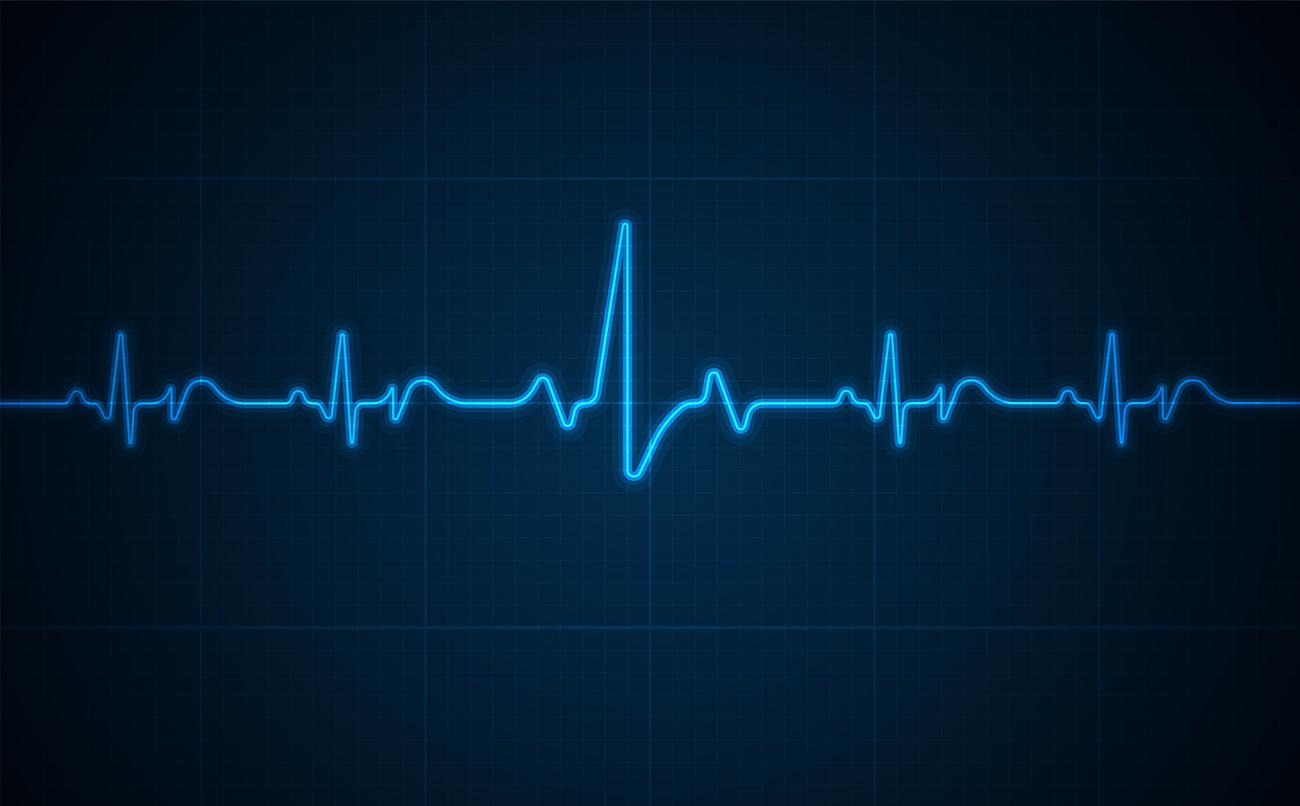
-1708094208.jpg)
